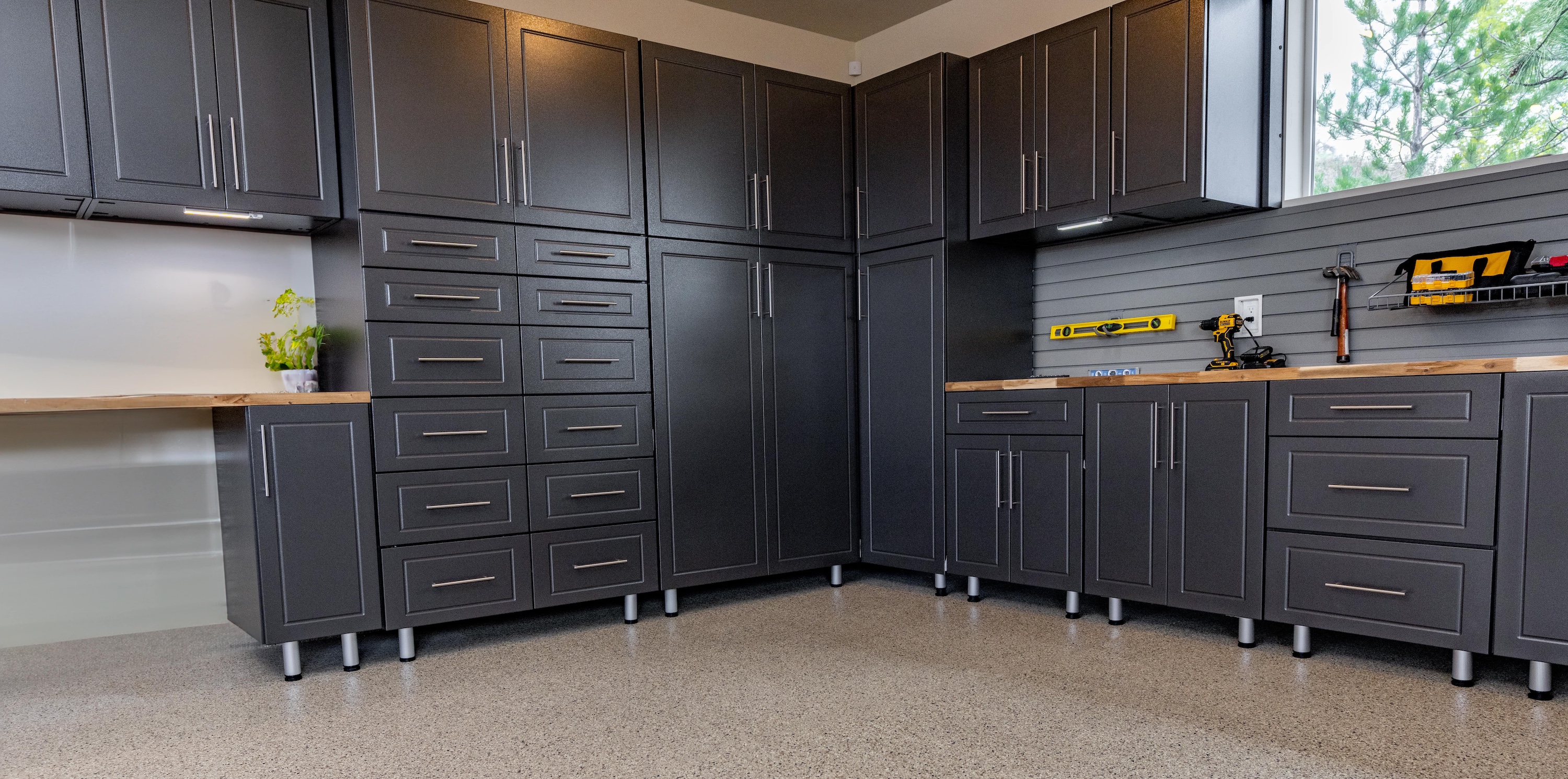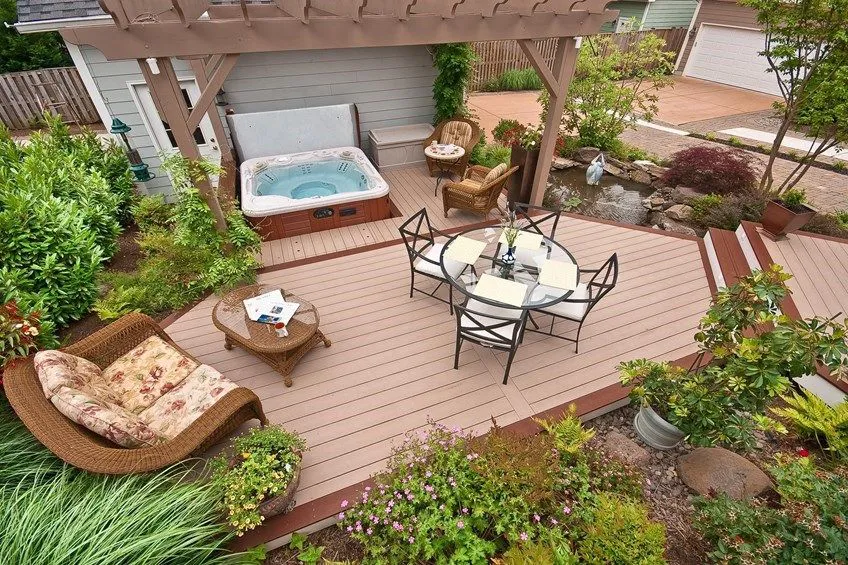What Happens to Your Siding During Winter

Winter Home Siding
Winter can be harsh on your home's exterior, especially the siding. The cold weather, ice, and snow can cause damage to your siding if it is not adequately prepared. Low temperatures can cause your siding to contract, leading to cracks, gaps, and worse. Additionally, ice and snow can weigh down on the siding, which can cause it to warp or buckle. Windy conditions can also damage the siding, especially if it is made of a lightweight material like vinyl.
We're covering the effects of winter on home siding and the potential challenges your siding may face during the cold months. By preparing your siding for winter, you can help to prevent these damages and keep your home looking its best.

The Impact of Moisture
Rain, Snow, and Ice
Rain, snow, and ice can all lead to moisture-related issues for your home siding. When these elements come into contact with your siding, they can cause water to penetrate the material and damage the underlying structure of your home. This can lead to several problems, including mold growth, rot, and structural damage.
To prevent these problems, having your siding regularly inspected and repaired as needed is essential. You should also protect your siding from the elements by installing gutters and downspouts to direct water away from your home.
Here are some of the potential risks of water penetration and damage to siding materials:
- Mold growth: Mold can grow in any moist environment, including on your home's siding. Mold can cause several health problems, including respiratory problems, allergic reactions, and even death.
- Rot: Rot is a type of decay that can occur in wood and other organic materials when exposed to moisture. Rot can weaken the structure of your home and make it more susceptible to damage from storms and other natural disasters.
- Structural damage: Water can also cause structural damage to your home by weakening the foundation and other structural elements. This can lead to cracks in the walls, ceilings, and floors and even make your home unsafe.
If you suspect that your home's siding is damaged, it is essential to have it inspected by a professional as soon as possible. Early detection and repair can help to prevent more severe problems from occurring.
Freeze-Thaw Cycles
When water freezes, it expands. This expansion can cause cracking and structural damage to siding surfaces. The more freeze-thaw cycles a siding surface experiences, the greater the risk of harm. In addition, water can seep into cracks and crevices in siding, causing further damage. To protect siding from the effects of freezing and thawing, installing it properly and sealing any cracks or gaps is essential. You should also inspect your siding regularly for signs of damage and repair any problems immediately.
Here are some of the common signs of damage caused by freeze-thaw cycles:
- Cracks in the siding
- Loose or missing siding
- Peeling paint
- Rot or mold
- Water stains
If you notice any of these signs, having your siding inspected by a professional is essential to determine the extent of the damage and the best course of action for repair.

Damage from Winter Elements
Ice Dams
Ice dams form when warm air from inside your home escapes through the roof and melts the snow on the roof. The melted snow then runs down the roof and refreezes at the eaves, forming a dam preventing water from draining. This can cause water to back up behind the siding, leading to mold, rot, and other damage.
To prevent ice dams, you can:
- Insulate your attic correctly to keep warm air from escaping.
- Install heat tape or cables along the eaves of your roof.
- Clear snow from your roof regularly.
If you have ice dams, you can try to remove them yourself by chipping away at the ice with a shovel or ice scraper. However, it is best to hire a professional to remove ice dams, as they can be dangerous to remove yourself.
Here are some additional tips to protect your siding from ice dam-related damage:
- Install a drip edge along the edge of your roof. This will help to prevent water from backing up behind the siding.
- Use a high-quality siding that is designed to withstand the elements.
- Inspect your siding regularly for signs of damage and repair any damage immediately.
- Seal your siding regularly to protect it from water and moisture.
Snow Accumulation
Heavy snow accumulation can stress and damage siding in several ways. The snow's weight can strain the siding, causing it to sag or even break. In addition, the moisture in the snow can seep into the siding and cause rot or mold growth. Finally, the ice that forms on the snow can also damage the siding, causing it to crack or chip.
Using a soft-bristled brush or a snow rake is essential to remove snow from siding surfaces safely. Avoid using shovels, as they can damage the siding. It is also necessary to start at the top of the house and work your way down so the snow does not fall and damage the siding below. Once the snow has been removed, inspecting the siding for any damage is significant. If you find any damage, it is essential to repair it as soon as possible to prevent further damage.

Common Siding Materials and Winter Performance
Siding is an essential part of any home and can be made from various materials. Some materials are better suited for winter conditions than others.
- Wood siding is a traditional material that is often used in older homes. It is a natural material that can add warmth and character to a home. However, wood siding is not very durable in winter conditions. When exposed to moisture and freezing temperatures, it can rot, warp, and crack.
- Vinyl siding is a popular material that is often used in new construction. It is a durable material that is resistant to moisture and freezing temperatures. Vinyl siding is also relatively easy to maintain. However, it can be damaged by hail and other severe weather conditions.
- Fiber cement siding is a newer material made from cement, sand, and cellulose fibers. It is a durable material resistant to moisture, freezing temperatures, and fire. Fiber cement siding is also relatively easy to maintain. However, it can be more expensive than other types of siding.
- Other siding materials, such as metal and stone, can also be used in winter. However, these materials are more expensive than wood, vinyl, and fiber cement siding.
When choosing siding for your home, it is essential to consider the climate in your area. If you live in an area with severe winter weather, you will need to choose a durable material that is resistant to moisture and freezing temperatures.

Winter Siding Maintenance Tips
Winters in Central Oregon can be brutal, so inspecting your siding regularly for early detection of potential issues during the harsh winter months is essential. Look for signs of damage, such as cracks, splits, or missing pieces. If you see any damage, it should be repaired immediately to prevent it from worsening. Here are our top winter siding maintenance tips:
- Clean your siding regularly to remove dirt and debris. You can use a hose or a pressure washer to clean your siding.
- Apply a sealant to your siding to protect it from the elements. A sealant will help to keep your siding in good condition and prevent it from cracking or fading.
- Trim any trees or bushes that are close to your home. This will help to prevent them from damaging your siding during storms.
- If you live in an area with heavy snowfall, shovel snow away from your home as soon as possible. Snow can weigh down on your siding and cause it to crack or warp.
- If you have any questions or concerns about your siding, contact a professional for help. A professional can inspect your siding and recommend the best course of action for maintaining it.
Following these tips can help keep your siding in good condition and protect it from winter damage.
Webfoot's Winter Siding Services
There's no need to hire a general contractor to repair or replace your siding. Webfoot's in-house carpenters can handle any exterior project, from minor repairs to large-scale replacement jobs. We can match nearly any siding type if we're doing partial replacement, or we can advise you on which siding type will be the best value for you and your home going forward. We've been working to repair siding in Central Oregon since 2003, so we know a thing or two about snowy conditions and low temperatures. We're your team when you need prompt and efficient siding repair during the winter.

It's Time to Protect Your Siding
Winter can have several adverse effects on siding. To protect your siding from winter damage, it is essential to take proactive maintenance measures, such as:
- Inspect your siding regularly for any signs of damage.
- Repair any cracks or gaps in the siding as soon as possible.
- Clear snow and ice from your roof and gutters regularly.
By taking these steps, you can help prevent winter damage to your siding and keep your home looking its best. Contact Webfoot for siding maintenance and repair services to safeguard your home exterior this winter.





